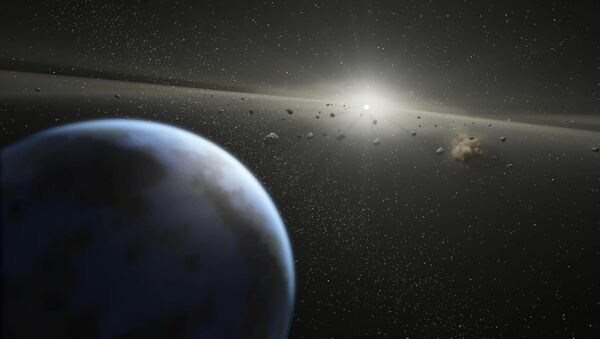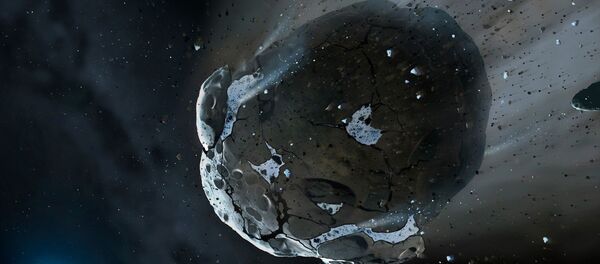"The method we suggest to destroy dangers from space makes sense to use when it is not possible to eliminate the object more gently, or it can be used to destroy objects that are constantly returning toward Earth," explained Tatiana Galushina, a researcher at the university's department of celestial mechanics and astrometry.
"Previous preventative measures proposed destroying the asteroid on its approach to our planet, but that could have catastrophic effects if a multitude of highly radioactive debris falls to Earth," Galushina said.
They calculated that a nuclear device with energy equivalent to a million tons of TNT would obliterate the asteroid into particles of gas and liquid, with fragments no bigger than ten meters.
"Since the rocket blows the asteroid backward, practically all the fragments after the destruction fly forward. The orbit of the fragments will thus significantly differ from the orbit of the asteroid. Ten years after the explosion a tiny number of fragments will fall to Earth, whose radioactivity has significantly decreased during that time," Galushina explained.
"It should be mentioned that nuclear explosions in space are forbidden under international law, but in the case of a real threat to humankind an exception to that rule can be made."

Although subsequent measurements showed the 210-330 meter diameter Apophis presents no impact risk at that time, the event is projected to be a close approach occurring once every 800 years for an object of that size. However, there remains a small estimated chance of impact, less than 1 in 45,000, for April 13, 2036.



